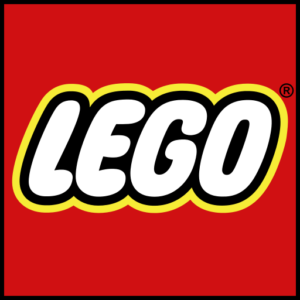Why LEGO’s new minifigure with a Prosthetic Leg is so important for representation
 26
26
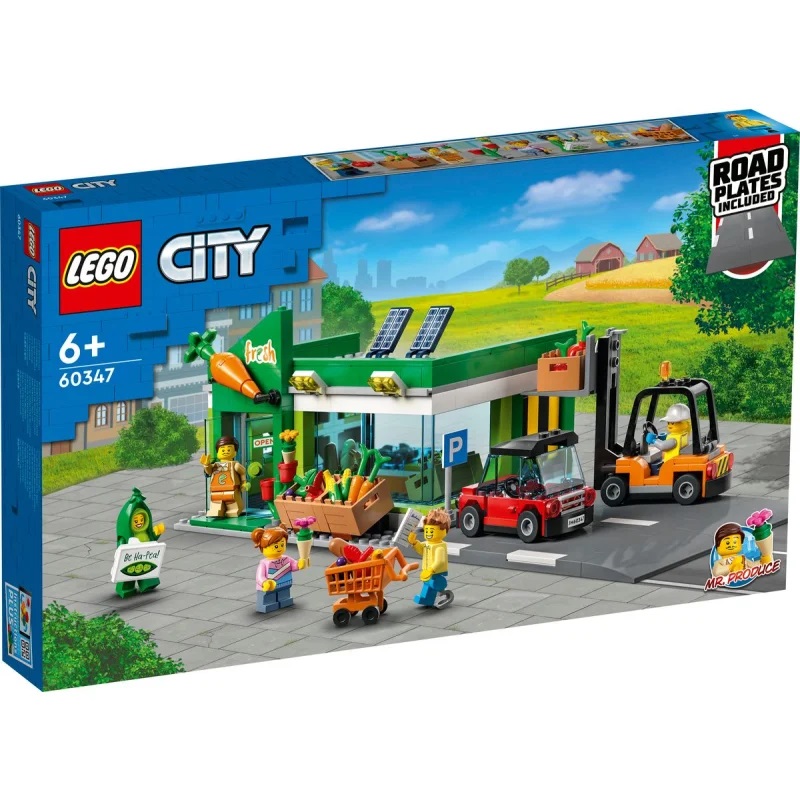
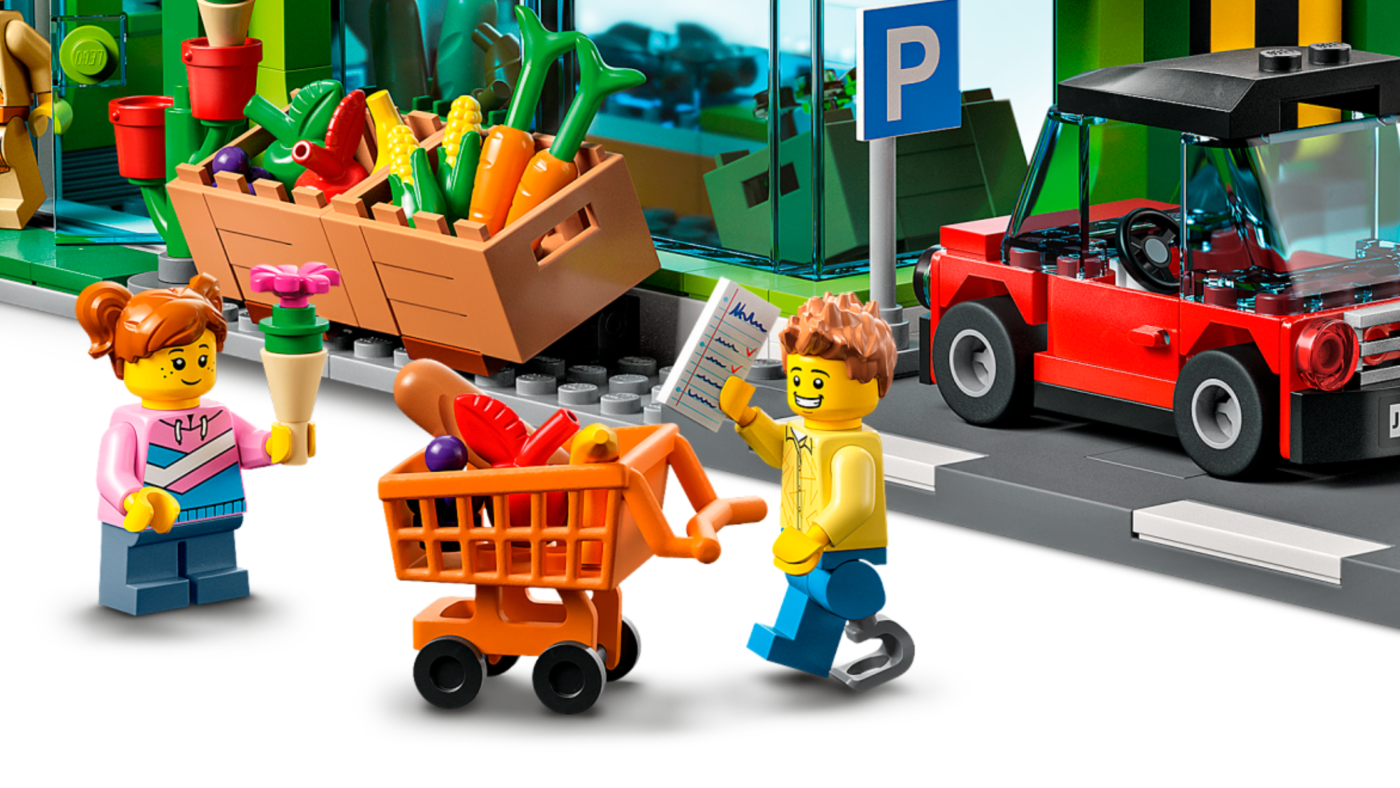
LEGO’s upcoming Summer 2022 City wave includes 60347 Grocery Store, an exciting and useful new addition to LEGO City that introduces a brand new minifigure with a modern prosthetic leg.
60347 Grocery Store will be released in Europe/Australia in June, and the USA in August 2022, and is one of the more exciting sets in the wave.

The inclusion of this guy, with a modern prosthetic leg is a huge and very welcome signal from LEGO that it’s continuing to champion diversity, and representation in their sets.
LEGO has used City sets as vehicles to champion representation, such as the introduction of a minifigure with a hearing aid in 60271 Main Square, and it’s really exciting to see LEGO take a big step forward with the prosthetic leg guy.
I reached out to Lewis (@built_bricks on Instagram), a talented LEGO builder, who has a Masters of Clinical Prosthetics and Orthotics, and works in this space as a profession, as well as Sarah Stewart, a 3-time Australian Paralympian in in Wheelchair Basketball, to get their thoughts on this new minifigure, and why representation of people with disabilities is so crucial.
A Breakdown of the LEGO Prosthesis by Built Bricks
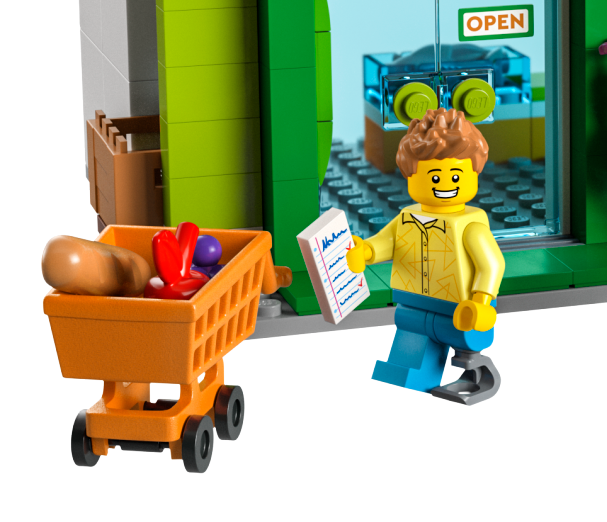
This has largely been adapted with permission from Lewis’ viral Instagram post.
I was so excited when new LEGO City pictures surfaced, revealing a minifigure with a modern prosthetic leg! For those of you who don’t know, I graduated university with a Masters of Clinical Prosthetics and Orthotics in 2019, and have been directly working in the profession since. Seeing this piece means a lot to me, as representation of people living with disability is so important. This is a huge step for The LEGO Group to make, and I’m very excited at their recent push for greater disability awareness in sets.
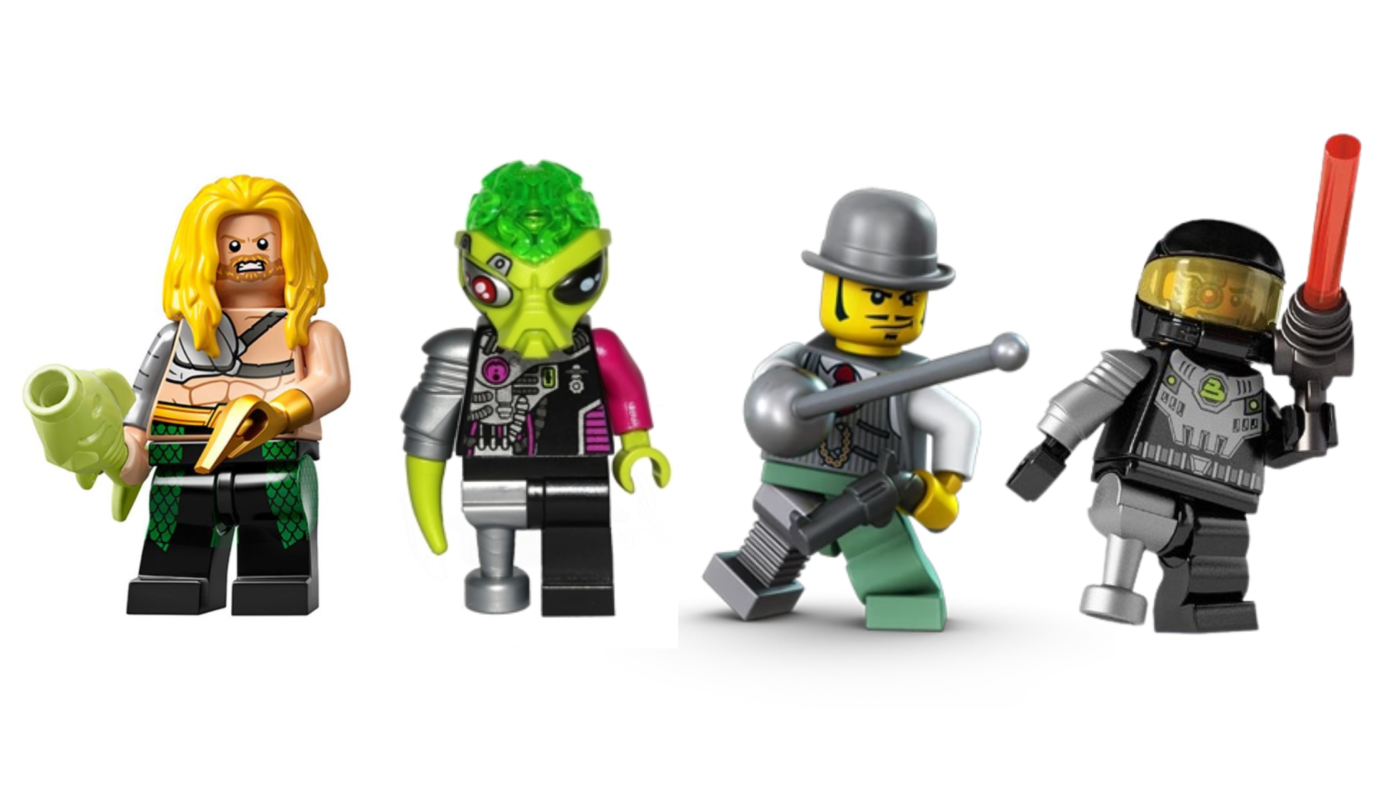
L-R Aquaman from DC Minifigures Series, Alien Android from Alien Android, Rodney Rathebone from Monster Fighters, and Space Villain from Minifigures Series 3
There have been a small range of “prosthetic” minifig components represented over the years, traditionally much more “old-school” like peg-legs and hook hands within the Pirates theme. There have of course been several “robot” limbs as well, but this new piece is the first to truly represent a modern prosthesis!

Prosthesis Terminology
Fun fact! The term for an artificial limb is not Prosthetic – that word is used as a descriptor in this field e.g. prosthetic leg or prosthetic socket. The proper terminology for a Prosthetic limb is Prosthesis (singular) or Prostheses (plural).
Prosthetic – adjective descriptor
Prosthesis – singular prosthetic device
Prostheses – multiple prosthetic devices
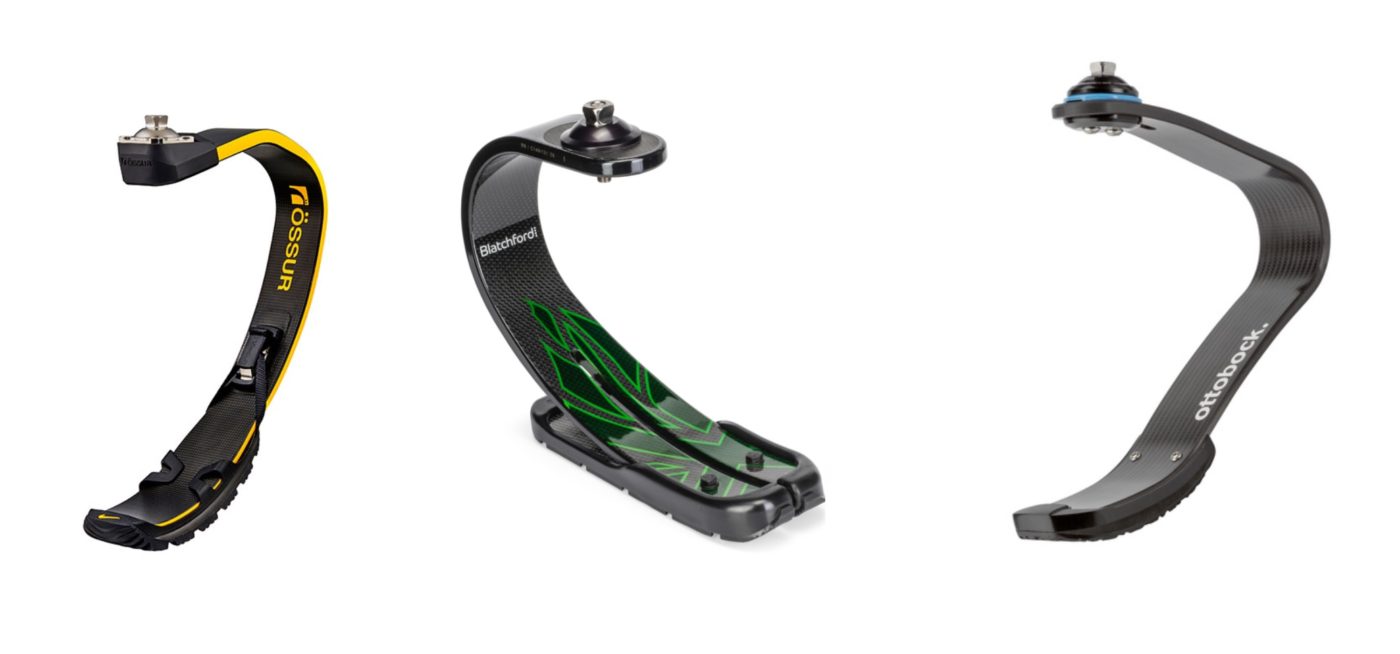
This LEGO prosthesis appears to represent a c-curve style of a distally-mounted running blade foot. Many people are familiar with the look of a j-curve running blade, which are typically seen used by paralympic amputees. These are permanently affixed to the posterior of a prosthetic socket, whilst a c-curve foot is attached to the distal end by means of a standard modular pyramid system. The LEGO piece appears to represent feet like the Össur Cheetah Xceed, OttoBock Runner, & Blatchford BladeXT. These feet are typically used for distance running at a jogging pace.
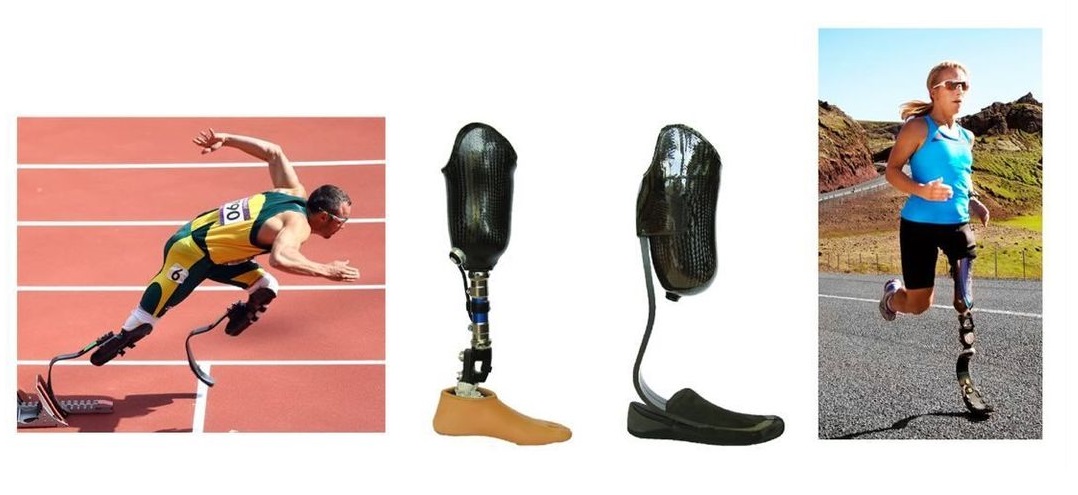
Running blades are typically used only for specific activities like sports (especially the j-curve style), and aren’t usually seen in a day-to-day prosthesis designed for basic ambulation. In fact, you’ve probably been around many prosthesis users in your life and not even noticed! Day-to-day lower limb prostheses are usually very close to the shape of the “real thing”, and traditionally fit within a foot shell cover so they can fit within shoes. J-curves typically have tread, though there are some c-curve feet which do also have foot shell covers.
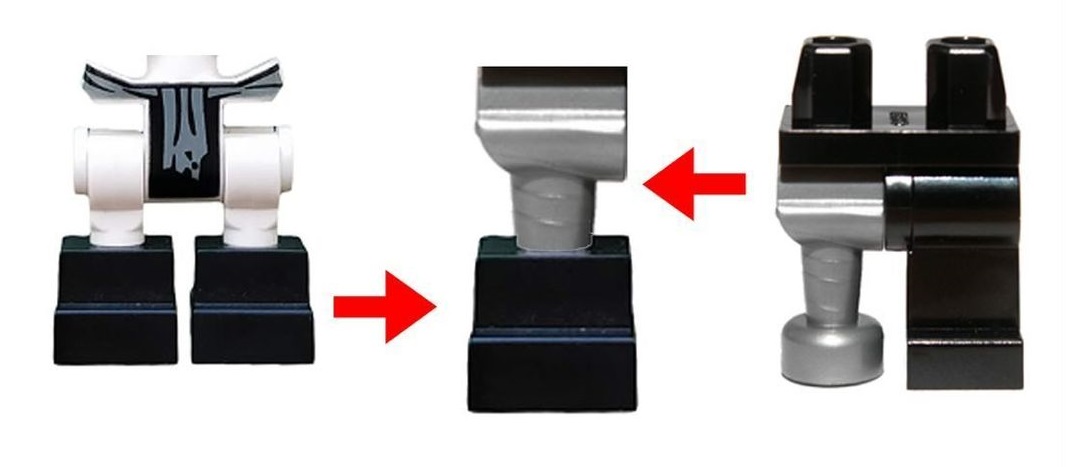
However, there are people who use c-curve feet as an everyday foot, especially if they’re active at a high level. Whilst I would still prefer to see a piece more representative of a “normal” day-to-day prosthesis, I think the running blade style was a fantastic first choice for LEGO to make as it’s instantly recognisable. My “ideal” piece would probably be a combination of the peg-leg and the skeleton leg from Ninjago, so it still keeps a standard foot
I’m really looking forward to getting my hands on this piece, and am looking forward to seeing (hopefully) more variations in future (also for the upper limb)! Representation matters, and someone seeing themselves represented in LEGO form like this might mean much more to them than you might think.
On the importance of representation, and increased visibility of people with disabilities
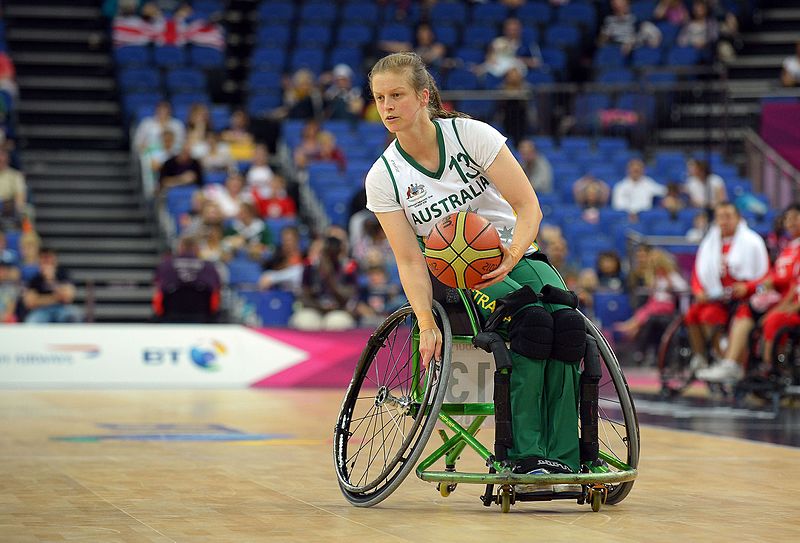
I also reached out to Sarah Stewart. She’s a 3 time Paralympian in Wheelchair Basketball – winning silver in Athens 2004, bronze in Beijing 2008, and silver in London 2012, and has played over 175 international games for Australia. As well as being the founder and manager of the Paralympian Mentoring Program, Sarah is a Director on the Board of WSNSW/ACT, on a number of other commissions and committees – including the Paralympics Australia Athlete’s Commission, and is a philosopher, writer, illustrator, facilitator, vegan, and AFOL.
Follow Sarah on social media below:
Instagram: https://www.instagram.com/sarahstewartaus/
Twitter: https://twitter.com/SarahStewartAus
Facebook: https://www.facebook.com/SarahStewartWheelchairBasketballAustralia
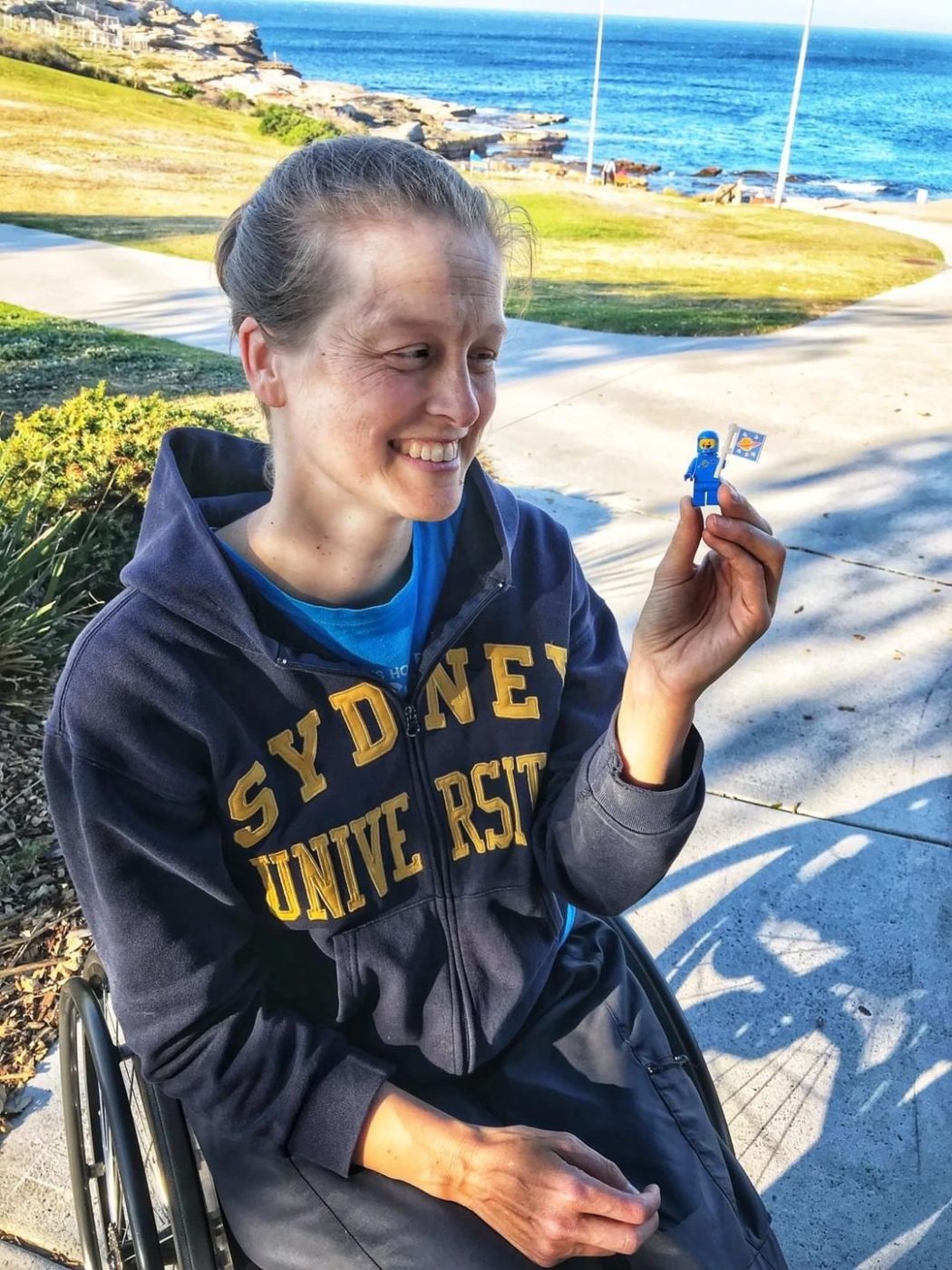
Sarah is also a massive AFOL, whose favourite theme growing up was a tie between classic space and Fabuland! And she also loves the Forestmen, Trains, animals, and anything with dragons … as well as building the modular sets, “old-school” brick built models (like the original Yoda and Darth Maul bust), the variety and complexity of the Ideas sets, and I love the CMFs – as it is so great to have a variety of figures to create scenes and stories.
Sarah’s words have been represented in full.
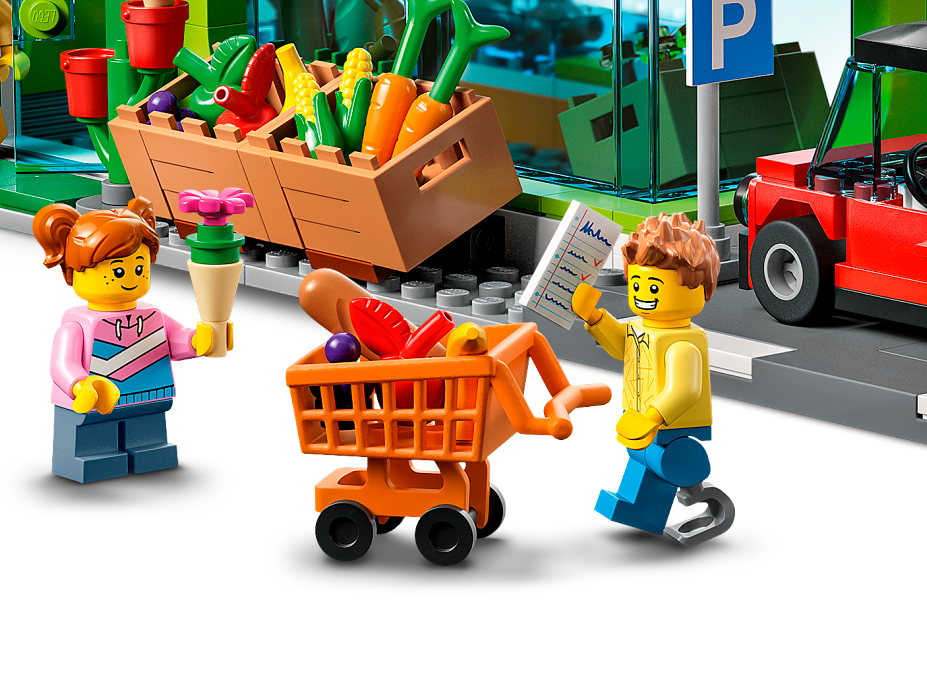
I was incredibly excited when I saw this figure in the new Lego supermarket set. I think, like a lot of people with disabilities, I immediately notice representation – especially of our community.
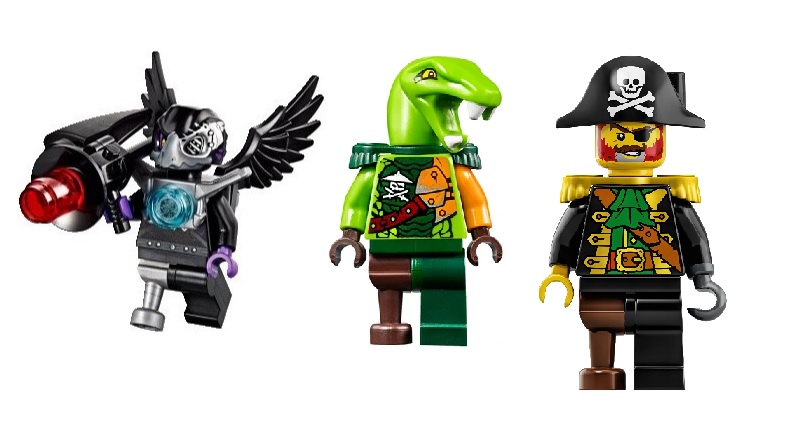
I’ve got a number of pirates and Ninjago snakes (like Clancee, and Rizzo from Chima) with peg legs and hook hands, aliens with robotic and different limbs, Chima animals with one transparent leg, and Rodney Rathebone from Monster Hunters with his “steampunk” style leg (a wonderful, but rare example of the person with a disability being the hero and not the villain or very “other” (alien, etc.)).
Interestingly, they have almost always been right side amputees (I can’t think of one that wasn’t) – so it is interesting that this new figure appears to be a left side amputee (something I’m sure most people wouldn’t notice, but for our community it is really huge).
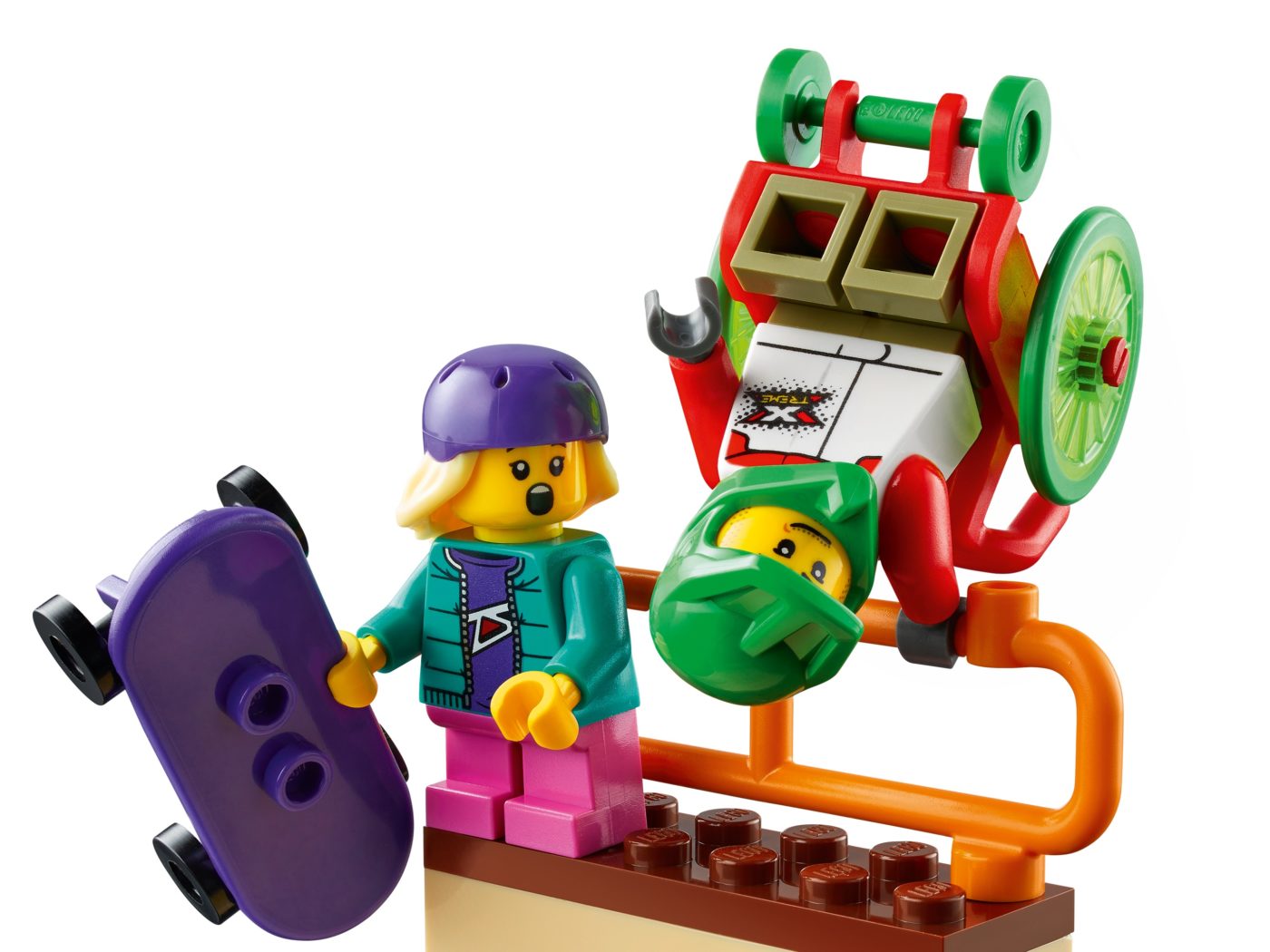
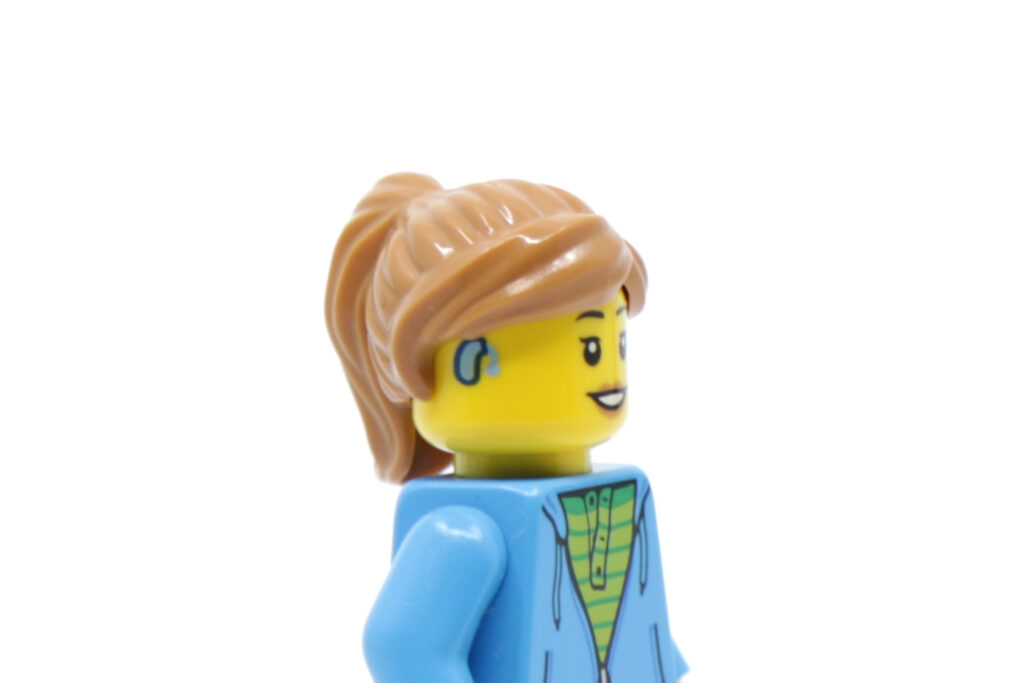
It is fantastic to see LEGO putting more representation across their sets where people are doing “everyday” things – like in LEGO City and the Friends world (although I must admit I love it when there are limb differences in aliens, chima animals, etc. as well). It has been great to see the grey wheelchair, and lately the red wheelchair with green wheels (in the skate ramp set – fantastic to see someone with a disability being active and a main feature of the set), to see the vision impaired person with glasses and guide dog (I love dogs, so having all the different breeds in the last few years is amazing too, and having the guide dog harness is incredible), the minifigure with hearing aid print, etc.
Also, the different leg lengths are fantastic to represent a young person, a little person, short-statured people, etc.
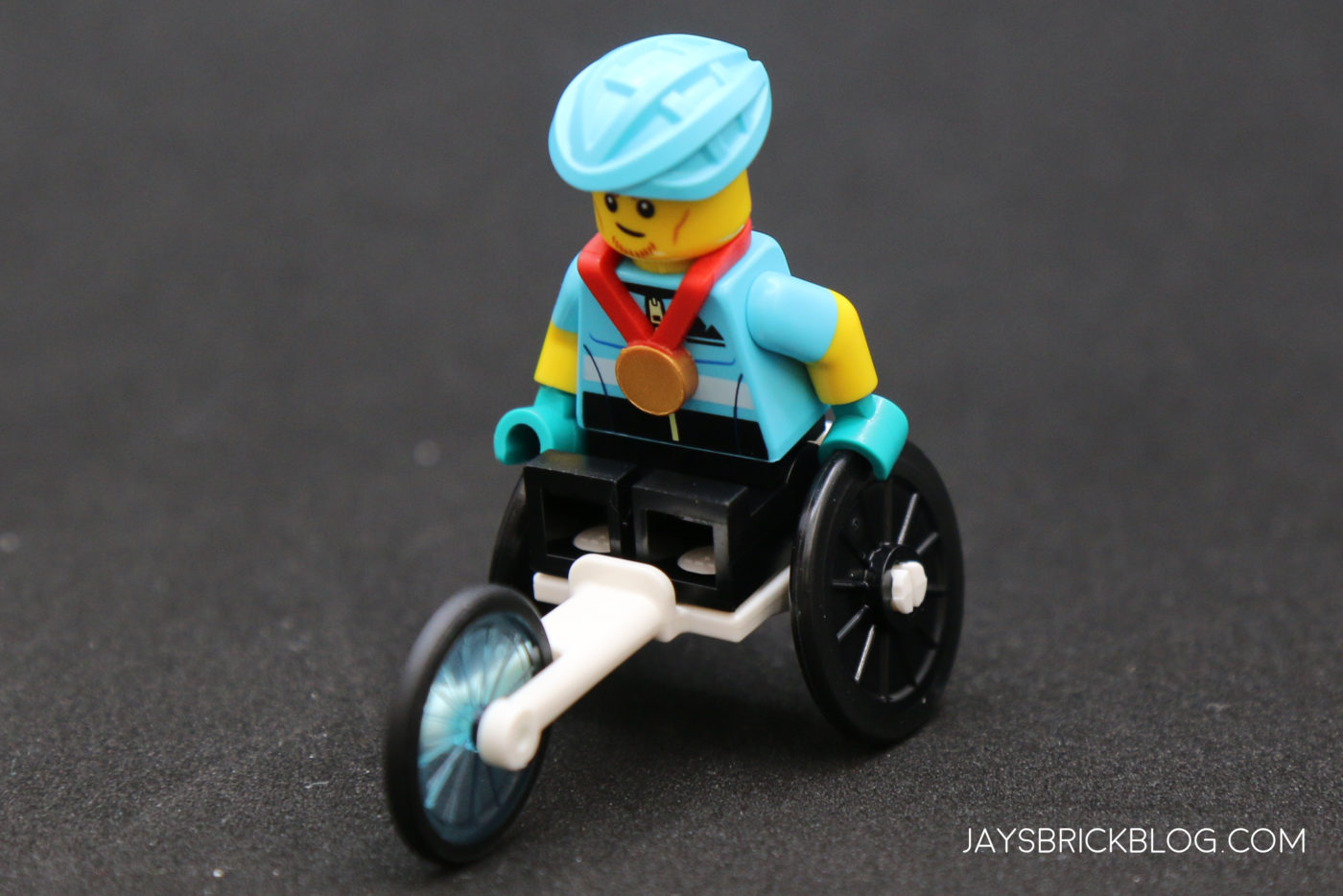
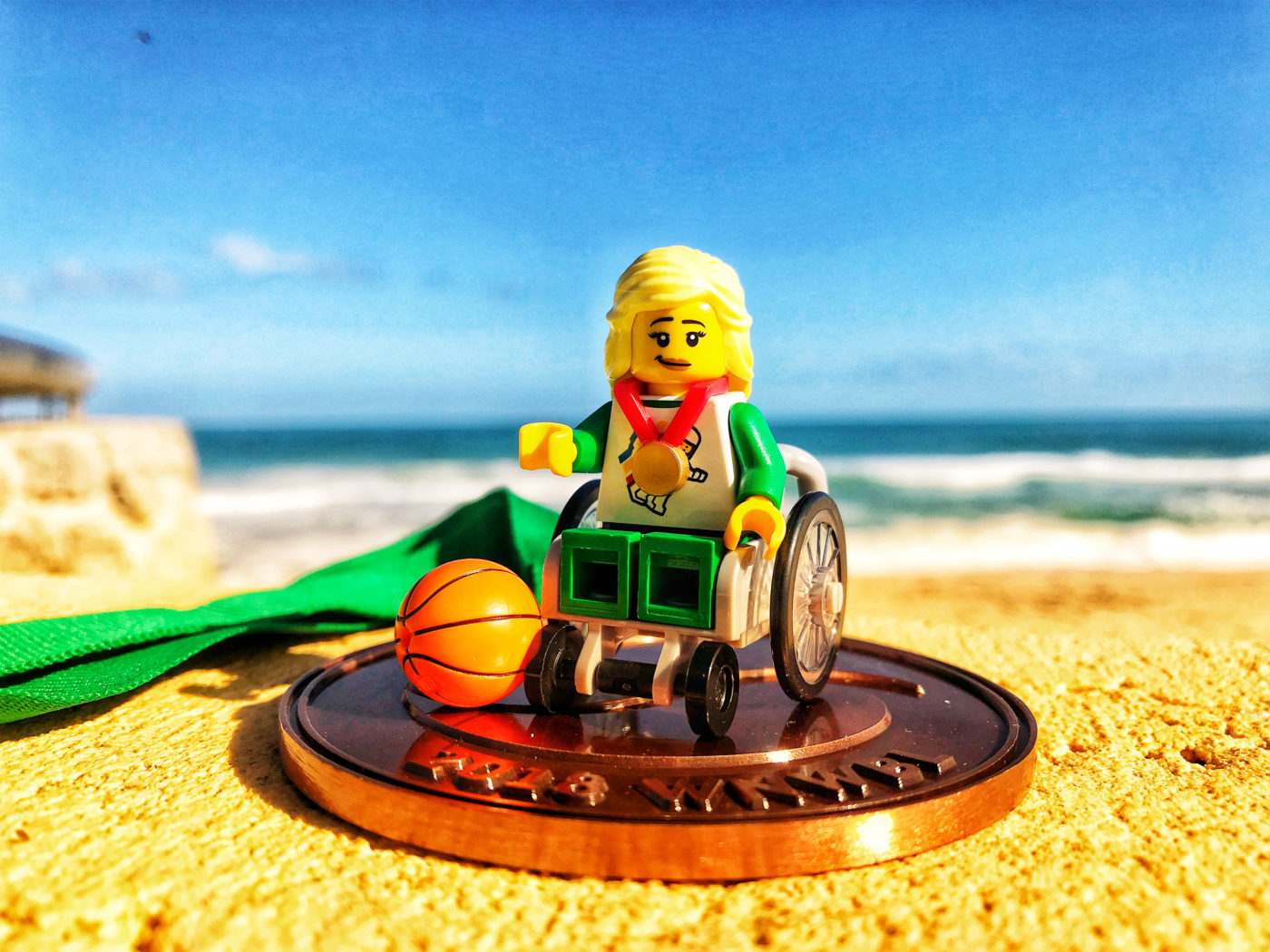
I was especially excited to see the wheelchair racer (with racing wheelchair, and well detailed racing helmet) in the recent LEGO Minifigures Series 22’s Wheelchair Racer, as I hold out hope we will get more sport-specific wheelchairs – like a basketball chair so I can do scenes of my basketball team!
The exciting thing about this prosthesis is that it is modern, and an “active” prosthetic – it is recognisable and also usable in a lot of scenarios. So, as well as different types of wheelchairs, I hope LEGO looks at different prosthetics as they go forward as well (more everyday leg prosthetics, double leg, and also arms).
Representation is really important – everyone wants to see themselves and people like them represented in toys, TV shows, games, books, movies, etc., and people also want to see their family and friends represented. If we don’t have representation we are just perpetuating an image of the world that just isn’t true – it favours one particular idea, or concept, or culture. We want to reflect reality, and also broaden our imagination – it actually opens us up to more possibilities.
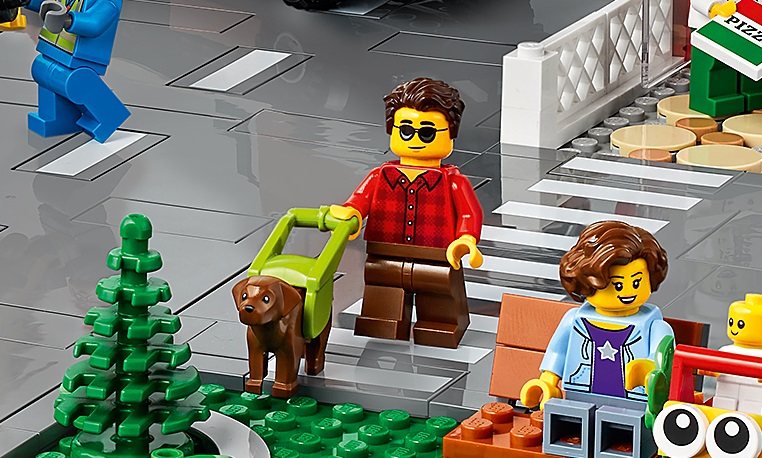
It’s great to have wheelchairs, prosthetics, guide dogs, hearing aids, but also different skin colours, hair colours, hair styles, heights and ages. The more of these in the City and Friends sets the better – and I’d also love to see more in other genres – people with disability are everywhere – so they should be in space, in pirate sets, in castle and forest sets, in the elves world, etc. – as scientists, teachers, wizards, witches, farmers, kids, grandparents, knights, elves, and rock stars (not just the villain!).
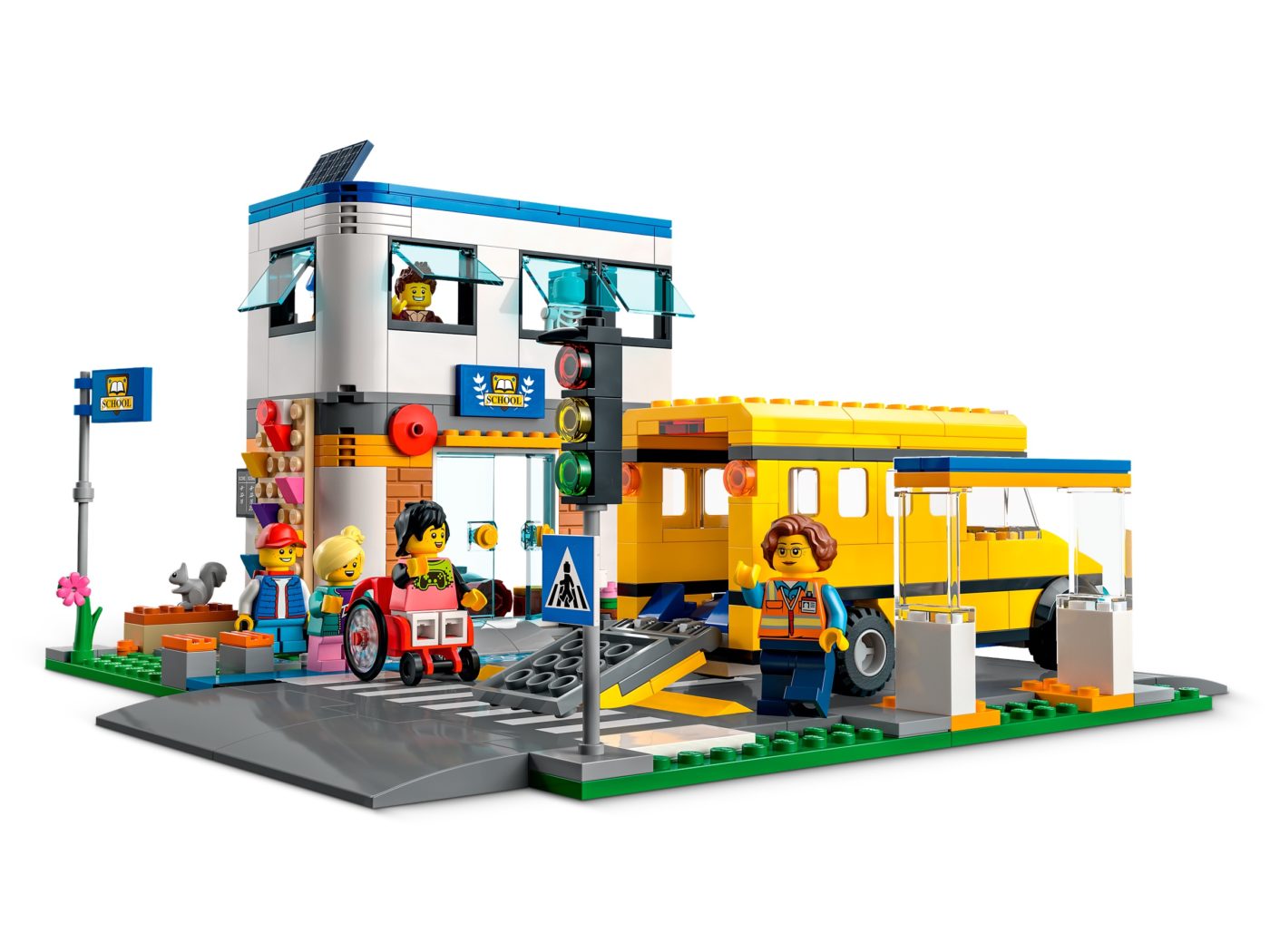
As someone who loves to tell stories with LEGO – I want to be able to represent all sorts of ideas and concepts and different people and different situations, and, specifically as a Paralympian, I love that these latest LEGO developments mean we have lots of different shapes and sizes and prosthesis and wheelchairs, etc. so I can represent my community in scenes and builds.
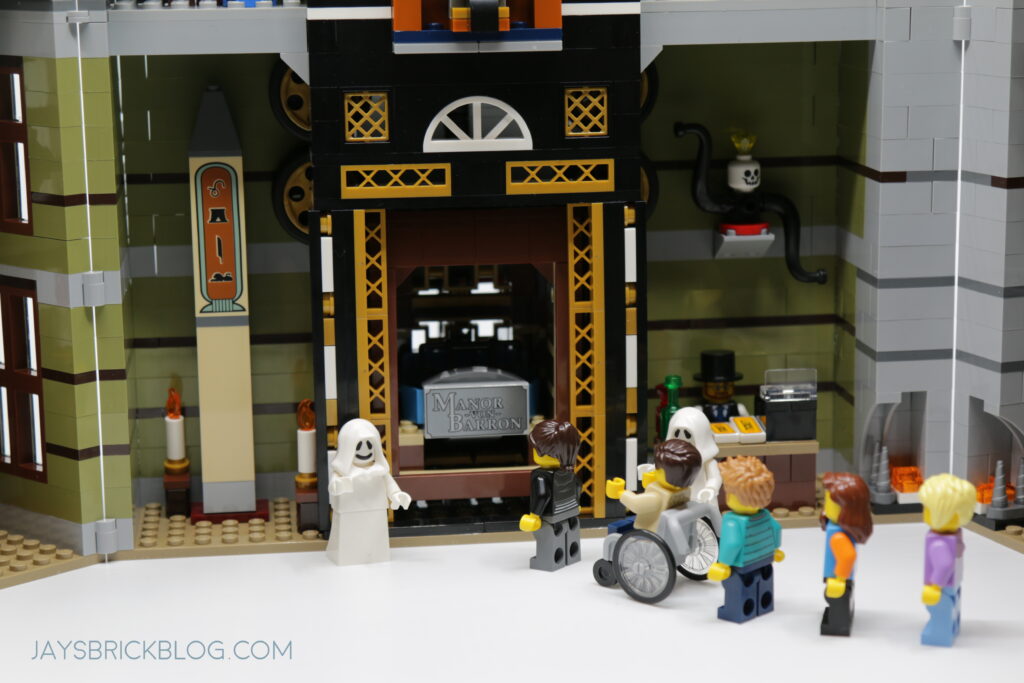
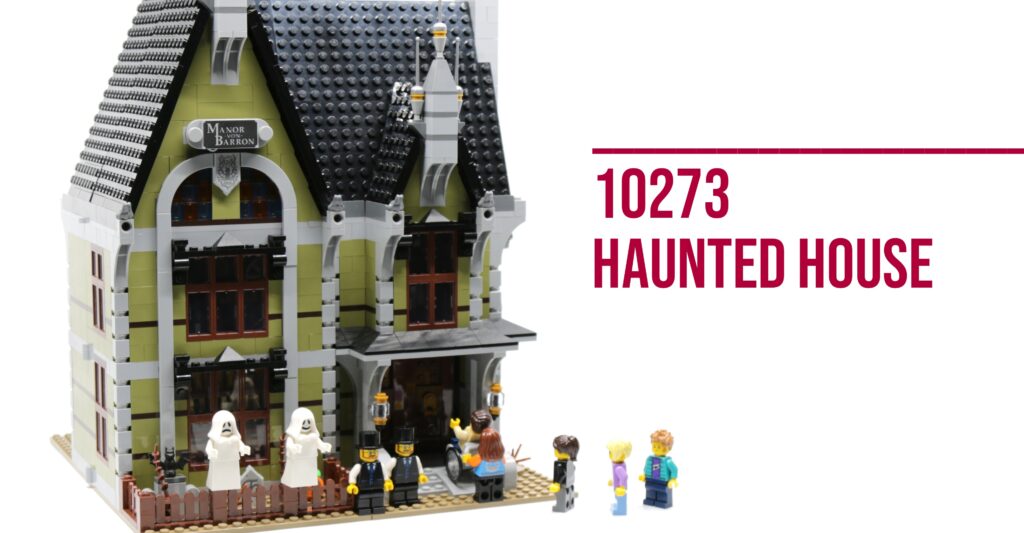
I also love that the builds themselves are thinking about access – the school bus with wheelchair access, buildings and train stations with ramps, train carriages and buses with access, lifts in the LEGO Haunted House, etc. I would love with these sorts of builds if there was even more integration (and thought) about the “pathways” of the person with a disability – for instance, how the person using the wheelchair is getting in the door, getting to the lift, getting from the lift to the different rooms, and getting around those rooms and using the things in those rooms (but to be fair, the real world needs to really think about those things as well!).
If we are thinking about these things with our play and stories, it is easier to translate to the real world too.
Special thanks to Lewis aka @built_bricks and Sarah Stewart for contributing this piece, to help explain why this is such a big move from LEGO, and more importantly why representation is so important!
60347 Grocery Store will be released in Europe/Australia on 1 June 2022, and in the USA on 1 August 2022.
For other great LEGO sets championing representation of people living with disabilities, check out the following sets for some recent examples.
- 60347 Grocery Store (2022) – prosthetic leg
- 60329 School Day (2022) – wheelchair-accessible school bus
- 41704 Main Street Building (2022) – seeing eye dog
- LEGO Minifigures Series 22 (2022) – wheelchair racer
- 60292 Town Center (2021) – seeing eye dog
- 10273 Haunted House (2020) – wheelchair-friendly lifts and ramps
- 60271 Main Square (2020) – hearing aid
- 60290 Skate Park (2020) – wheelchair extreme sports
To get the latest LEGO news and LEGO Reviews straight in your inbox, subscribe via email, or you can also follow on Google News, or socials on Facebook, Instagram (@jayong28), Twitter or subscribe to the Jay’s Brick Blog Youtube channel.





